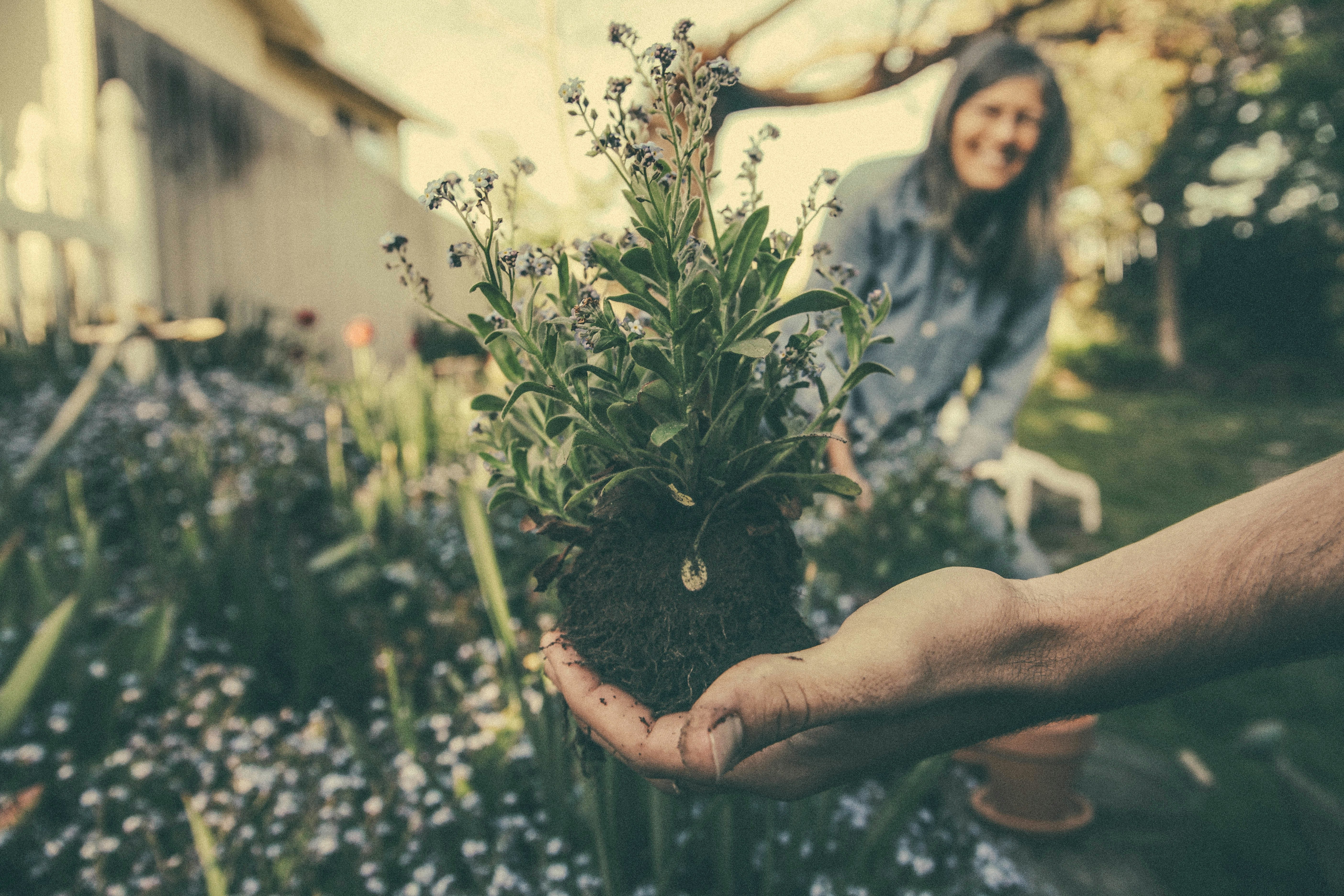Garden: A Comprehensive Guide to Creating Your Own Green Oasis
Gardens have been an integral part of human civilization for thousands of years, serving as sources of food, beauty, and tranquility. Whether you have a sprawling backyard or a small balcony, creating your own garden can be a rewarding and enriching experience. This article will explore the various aspects of gardening, from planning and design to maintenance and sustainability.

Color plays a crucial role in garden design. Choose a color palette that complements your home’s exterior and creates the desired atmosphere. Texture is another important element, achieved through a variety of plant types and hardscaping materials.
Finally, consider the functional aspects of your garden. Do you want areas for relaxation, entertaining, or growing vegetables? Incorporating these elements into your design will ensure your garden meets your needs and lifestyle.
How do you choose the right plants for your garden?
Selecting the right plants is crucial for a thriving garden. Start by assessing your garden’s conditions, including sunlight exposure, soil type, and climate zone. This information will help you choose plants that are well-suited to your environment.
Consider the maintenance requirements of different plants. If you’re a beginner or have limited time, opt for low-maintenance species that are resistant to pests and diseases. For more experienced gardeners, you might explore more challenging or exotic plants.
Think about the role each plant will play in your garden. Some plants serve as focal points, while others provide background or fill in gaps. Mix different heights, textures, and bloom times to create visual interest throughout the seasons.
What are some sustainable gardening practices?
Sustainable gardening is becoming increasingly important as we face environmental challenges. One key practice is water conservation. Install a rainwater collection system or use drought-resistant plants to reduce water usage.
Composting is another excellent sustainable practice. It reduces waste and provides nutrient-rich soil for your garden. Create a compost bin for kitchen scraps and yard waste, and use the resulting compost to fertilize your plants naturally.
Avoid using chemical pesticides and fertilizers, which can harm beneficial insects and pollute waterways. Instead, opt for organic alternatives and encourage natural pest control by attracting beneficial insects and birds to your garden.
How can you create a garden in a small space?
Limited space doesn’t mean you can’t have a beautiful garden. Vertical gardening is an excellent solution for small areas. Use trellises, hanging baskets, or wall-mounted planters to maximize your growing space.
Container gardening is another versatile option for small spaces. Choose a variety of pots and planters to create an interesting arrangement on a balcony or patio. Many vegetables and herbs can be successfully grown in containers, allowing you to have a productive garden even in a tiny space.
Consider multi-functional elements in your small garden design. For example, a storage bench can provide seating and a place to keep gardening tools, while raised beds can double as borders for a seating area.
What are the essential tools for gardening?
Having the right tools can make gardening more efficient and enjoyable. Some essential tools include:
-
Hand trowel: For planting and transplanting
-
Pruning shears: For trimming and shaping plants
-
Garden fork: For turning soil and removing weeds
-
Watering can or hose: For irrigation
-
Gloves: To protect your hands
-
Wheelbarrow or garden cart: For transporting soil, plants, and tools
For larger gardens, you might consider investing in power tools like a lawnmower or leaf blower. However, manual tools are often sufficient for smaller spaces and can provide a more meditative gardening experience.
How do you maintain a garden throughout the year?
Garden maintenance is an ongoing process that changes with the seasons. In spring, focus on preparing beds, planting new additions, and pruning winter-damaged plants. Summer maintenance involves regular watering, weeding, and deadheading spent blooms to encourage continued flowering.
Fall is the time for cleaning up, planting bulbs for spring, and preparing plants for winter. In winter, protect sensitive plants from frost and plan for the coming growing season.
Regular tasks throughout the year include monitoring for pests and diseases, fertilizing as needed, and adjusting your watering schedule based on weather conditions. Keep your tools clean and sharp to ensure they remain effective and last longer.
Creating and maintaining a garden requires time, effort, and patience, but the rewards are immeasurable. From the joy of watching your plants grow to the mental and physical health benefits of spending time in nature, gardening offers a unique and fulfilling experience. Whether you’re a seasoned gardener or just starting out, there’s always something new to learn and explore in the world of gardens.






